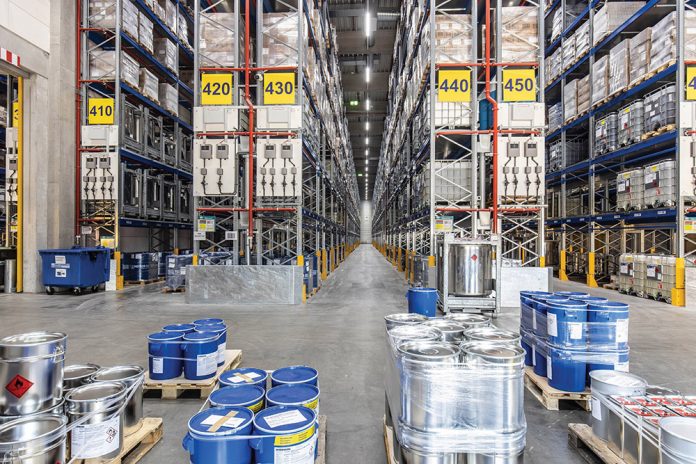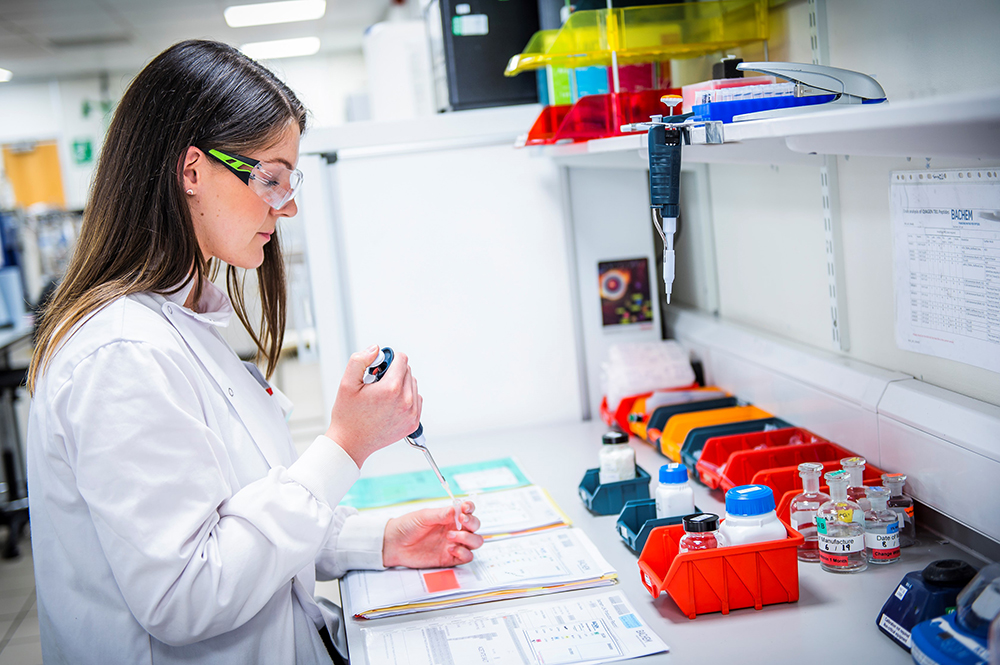Mark Rollinson, Managing Director of Dachser UK, examines the overarching trends in the global economy and how they may impact on logistics needs in the European chemical industry over the years to come. He recounts how his own organization is responding through its dedicated DACHSER Chem Logistics industry solution.
The megatrends that the world faces today are, of course, complex. They range from a slowing in globalization to changes in the mobility of both labour and goods. It is a truism to say there is nothing more constant than change itself and it is within this environment that more detailed changes must be examined.
The first is very clear, the establishment of new business models through harnessing digital technologies such as artificial intelligence (AI) – the importance of digitalization in the transformation of logistics is growing. A number of logistics companies are now offering integrated digital concepts that are designed to improve productivity—either by automating processes, or by enhancing usability and transparency for customers and employees. Dachser itself is aiming to become a leader in the adoption of digitized solutions.
Big data will make logistics work more efficiently along the entire supply chain. The main advantages of such technologies are that they can support people in the decision-making process and relieve them of routine tasks. Transparency along the supply chain is also improved. Smart, connected sensors collect and transmit data on position, temperature, environmental conditions, and vibration. This is particularly useful when transporting chemicals, many of which require specific conditions. In the future, digitalization will help make it possible to monitor and secure these even better while in transit.
In the UK those in the chemical sector are seeking to utilize digital technology to assist with the other significant trend in the demands of the market – that of sustainability. Industry ambitions to become carbon neutral over the next two decades requires significant changes in energy resourcing. And, although the country leads in the use of renewables, particularly wind power there are still enormous challenges ahead to further diminish reliance on fossil fuel power generation. Suppliers and manufacturers of chemical product will naturally also turn to supply chain partners to achieve these tough goals. Once more logistics operators must turn to digital technology to help create efficiencies and effect the changes required.
Changes to global supply chains have been accelerated by the pandemic and the war in Ukraine. Other factors include the lack of drivers and other qualified personnel as well as digitalization and climate change. It is important to clearly establish that these changes to the supply chains are not fleeting—they are here to stay. The major challenge facing logistics providers lies in the stability of production networks.
Rapidly evolving customer requirements mean that new business models and sales channels are being created all the time, which in turn alters the supply chains. In the past, logistics was often regarded as a mere “cost factor.” This has changed considerably to the point where logistics has taken a place on the executive board agenda, and the results of these partnerships between companies and their logistics providers are integrated, end-to-end solutions from a single source. This adds a new, forward-thinking dimension to the relationship.
Such end-to-end solutions work only when paired with close-knit, integrated networks. Logistics service suppliers must invest in dovetailing multimodal offerings by expanding their overland transport networks, while also sustainably strengthening air and sea freight options. Efficient network management and intelligent supply chain management also involve capacity demand forecasts that are as accurate as possible. The application of AI and analysis of big data provide the necessary conditions for this.
In addition, logistics companies must ramp up their climate action efforts with the focus shifting more and more toward carbon emissions. For chemical producers, emissions generated by third parties also play a major role. Lowering emissions for the entire product chain requires all partners in the value network – manufacturers, distributors, and logistics providers – to work together.
Climate-friendly logistics brought about through a shift toward low- and zero-emissions technologies will, however, inevitably lead to an increase in transport costs. It is also debatable how close the technology is to making zero-emissions vehicles a viable option for long-haul routes.
As the future unfolds, logistics companies and players in the chemical industry will face some major challenges, which will not be overcome by going it alone. It’s the job of logistics providers to understand the many simultaneous processes in their full complexity and to consider every angle when developing their own solutions. A group effort is required to actively shape upcoming changes and megatrends, and the opportunities this approach creates should vastly outweigh the risks and justify disrupting the status quo.
dachser.co.uk









